Camilla Cook: Tree Inventory Update #5
Yesterday, I completed Block 9 and almost Block 10. Even though I didn’t complete my targeted goal for the day (I was in South Homewood from 7:45 am till noon), I had some insightful and wonderful conversations with several residents that were worthy of my time.
On Block 9.3 at 7800 Susquehanna Street, there is a property called Bridgeway Capital, which houses many types of organizations and businesses geared towards providing residents with resources and opportunity for revitalization (with some not associated with Homewood). I was unsure if this property is private or public, so I contacted them to figure out such information. Since my inventory focuses on trees on public land (i.e. streets and schools/churches/businesses/etc.), I want to make sure if I should or shouldn’t include their trees (which they have plenty of!).
On Block 10.3, I identified more Liquidambar styraciflua (Sweetgum) and some new trees: Tilia cordata (Littleleaf Linden) and Prunus pendula (Weeping Cherries). To assist with my identification skills, I downloaded several apps: PlantSnap, iPlant, and ForestTreeIdentification. So far, PlantSnap has been the best app tool (even though each of them have issues in misidentification) – it helped me identify Tilia cordata!
Block 10.3 (west) was interesting – a significant portion of the trees there were well-established, meaning they have been in that part of the neighborhood for a while (in comparison to the trees surveyed thus far). Several of the Tilia cordata on the west part of Block 10.3 (Rosedale) had either trunk scars or were half dead and alive. While surveying, I re-met Zenna Scott, a board member of Operation Better Block, who was at an initial meeting several Chatham students from my program attended to gauge understanding of Operation Better Block. Down the street, I met a married couple that discussed with me the history of their house, their lives, and the Liquidambar styraciflua planted outside their house. I greatly appreciated my conversation with them, where I might include a section in the appendix of my thesis centered around the dynamic of people’s connection with trees based on my conversations with residents of Homewood (note: credit for this idea came from a friend 😊).
On Block 10.3 (east), I came across several Prunus pendulas which are very beautiful looking and shady (pictures are included below). While beginning my initial survey of them, a gentleman approached me and told that he planted them there! He told me what kind of trees they were (very grateful!) and that several of them were removed due to damage by cars. However, some of the Prunus pendulas that were still living had trunk scarring and damaged trunks. Later on, a woman walked by and after telling her what I was doing, she told me about the history of the gentleman (which I learned lived on that corner) and the house that he was building – which he built from the ground up actually (photo is below).
One of the best parts of tree inventorying, aside from learning, is that I can have these conversations and discussions with residents about Homewood and their lives. It makes the work that much richer and worthwhile!
- Madeira street
- Unidentified tree with scarring
- broken sidewalk due to Sweetgum
- Trunk scar healing
- Trunk scar healed
- Littleleaf linden half dead and alive
- Rain garden near busway (Rosedale)
- Random lot
- basal sprouting example
- car with plants
- house on Pitt street
- Row of weeping cherries
- Weeping Cherry scar (1)
- Weeping cherry scar (2)
- Weeping Cherry scar (3)
- Weeping cherry scar (4)
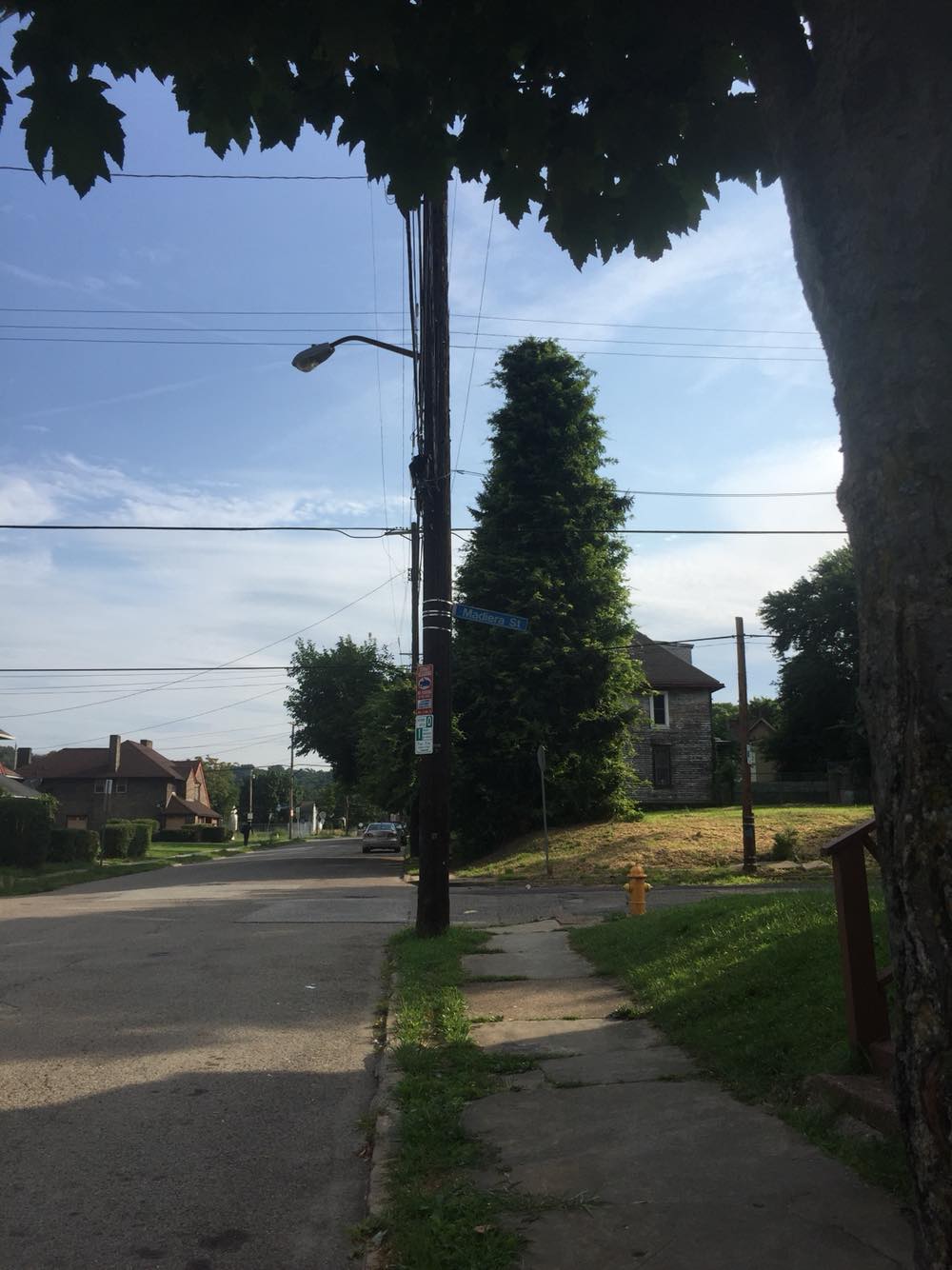
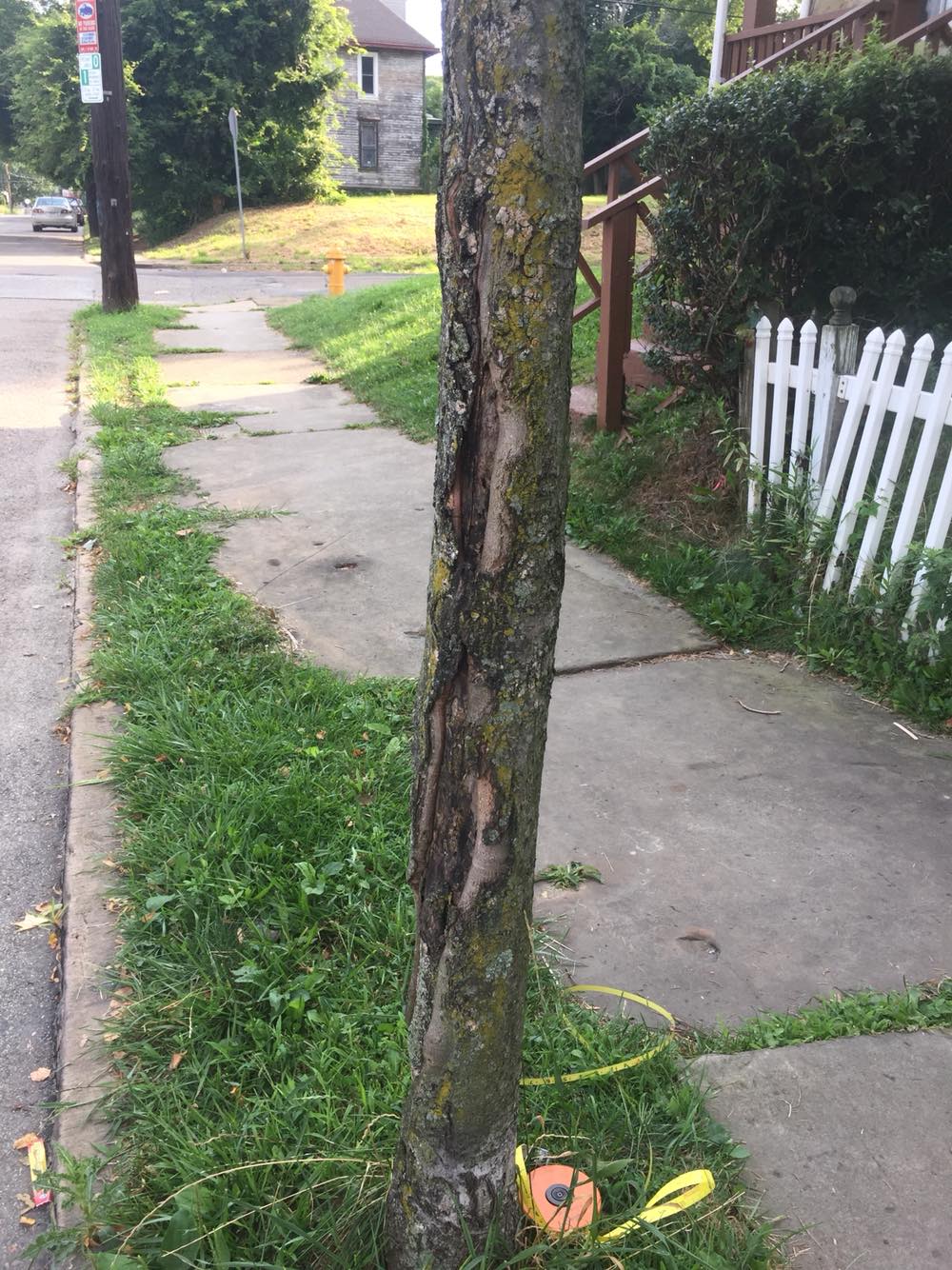


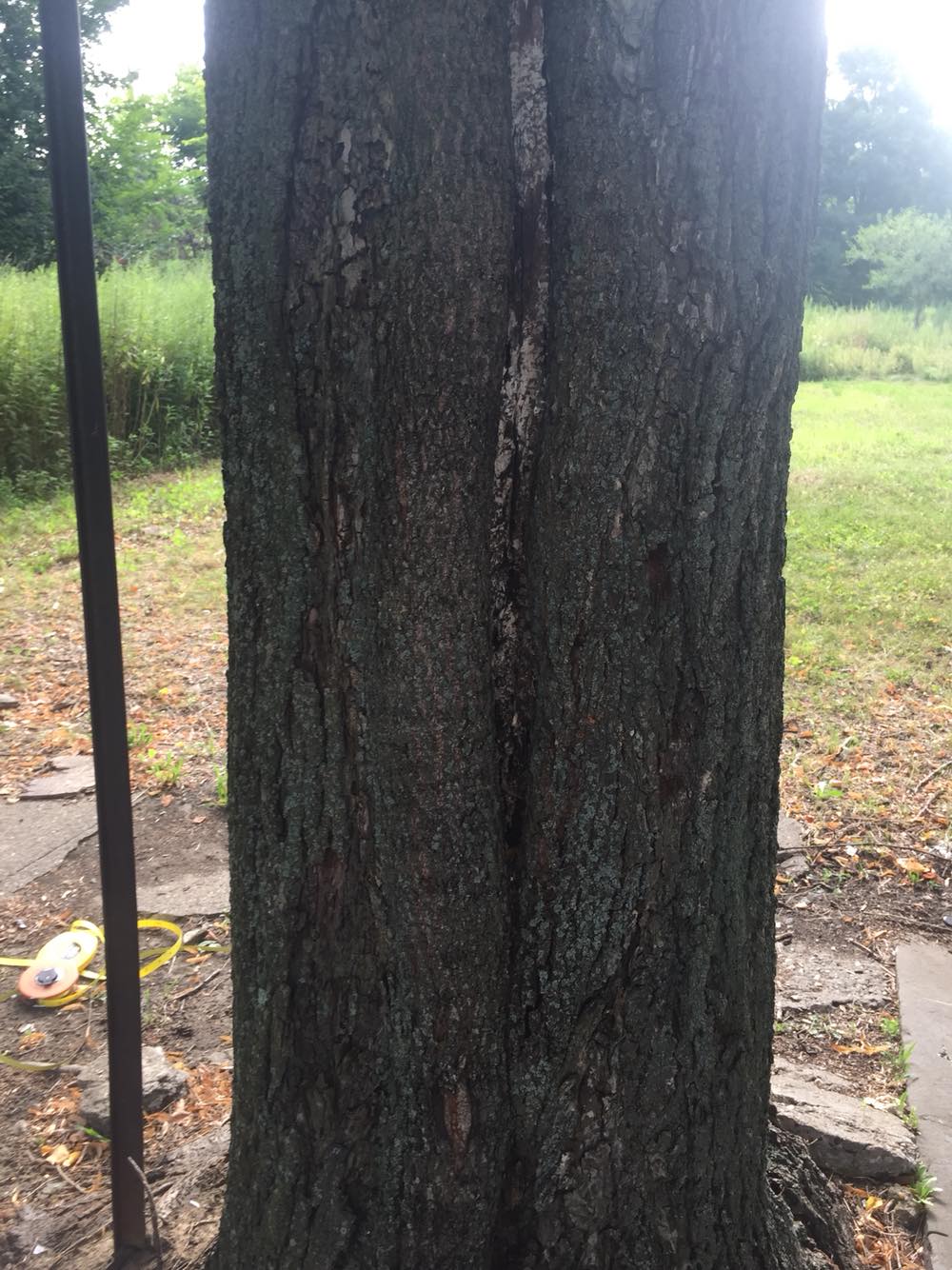

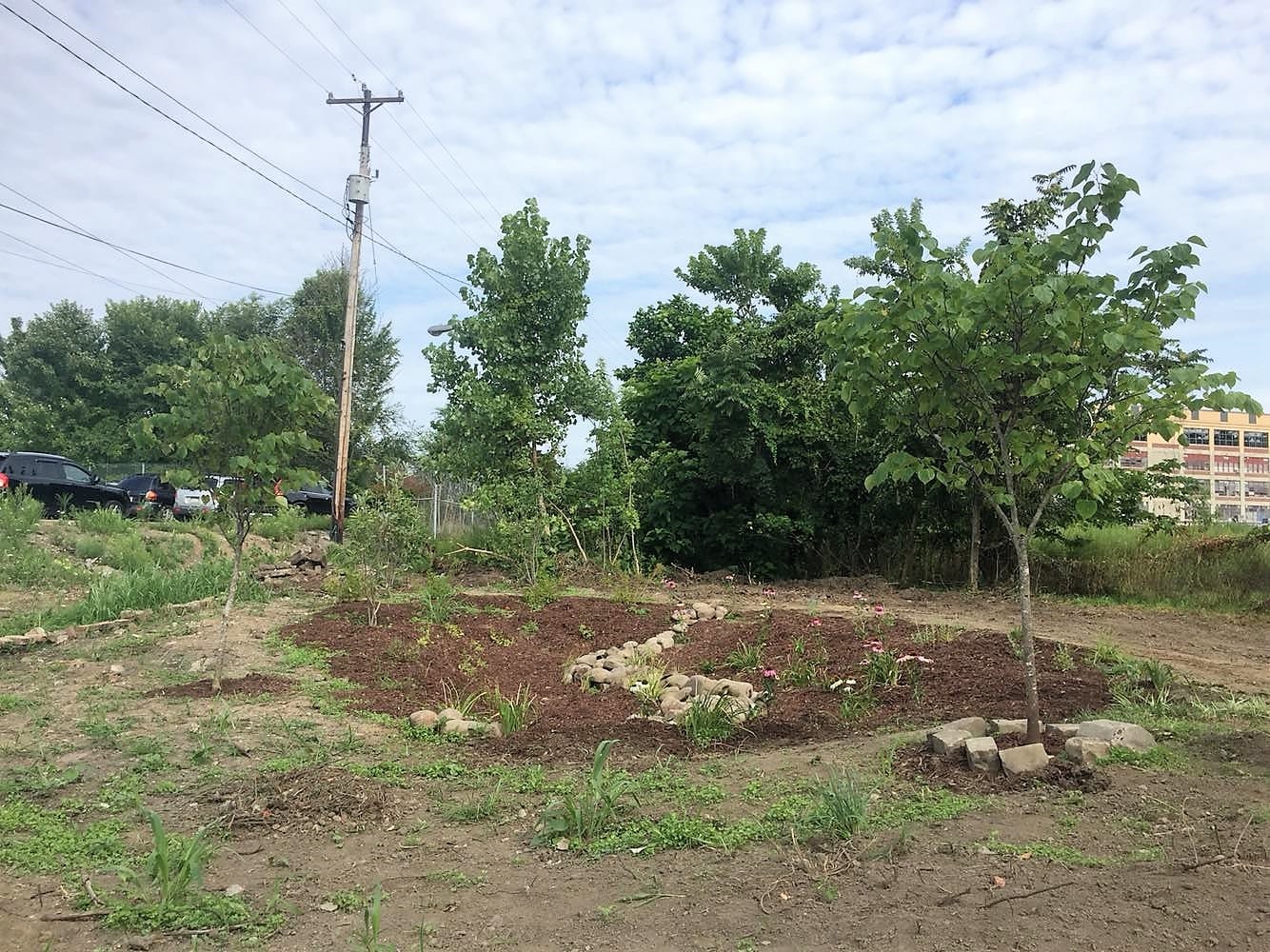




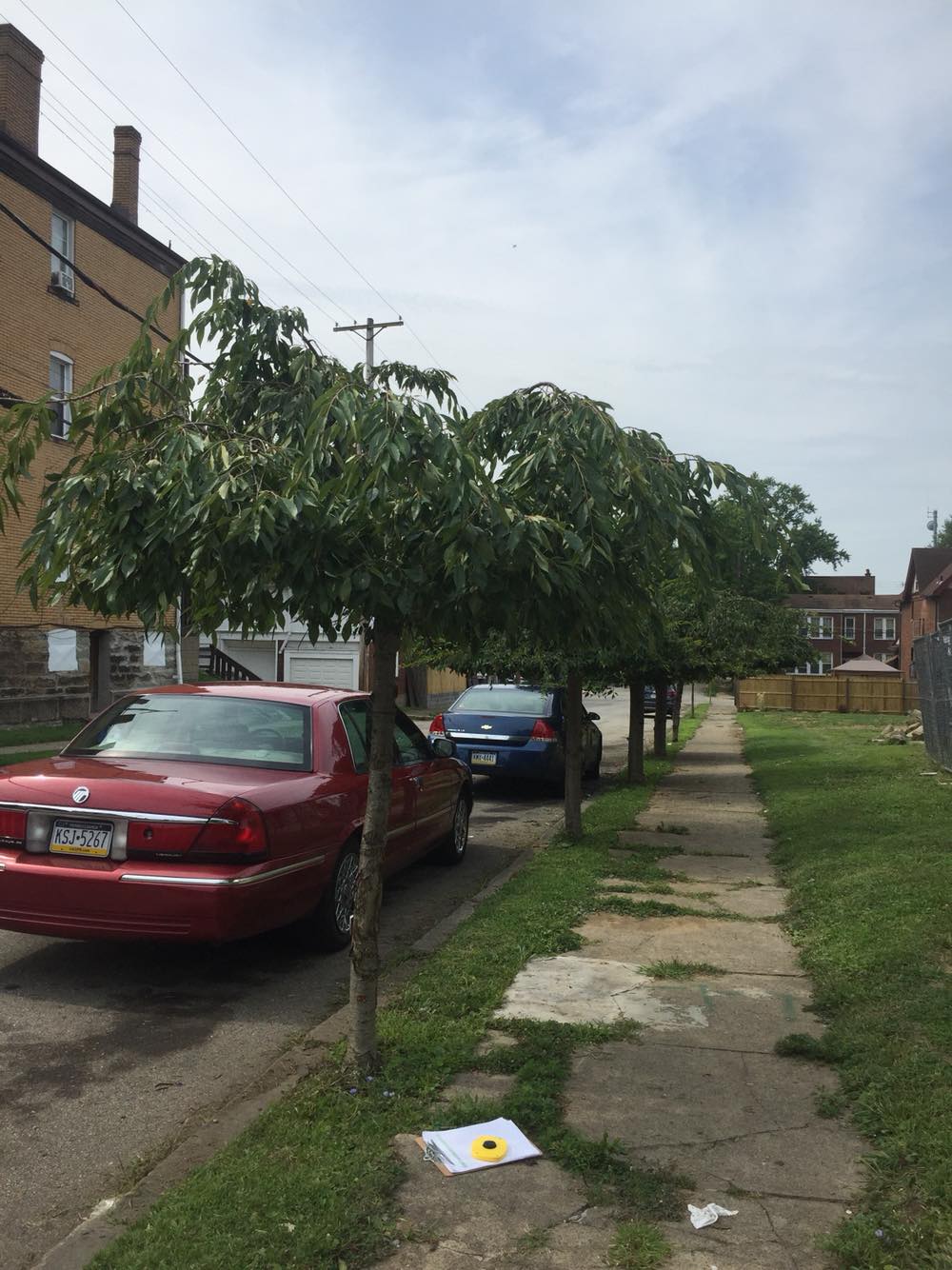


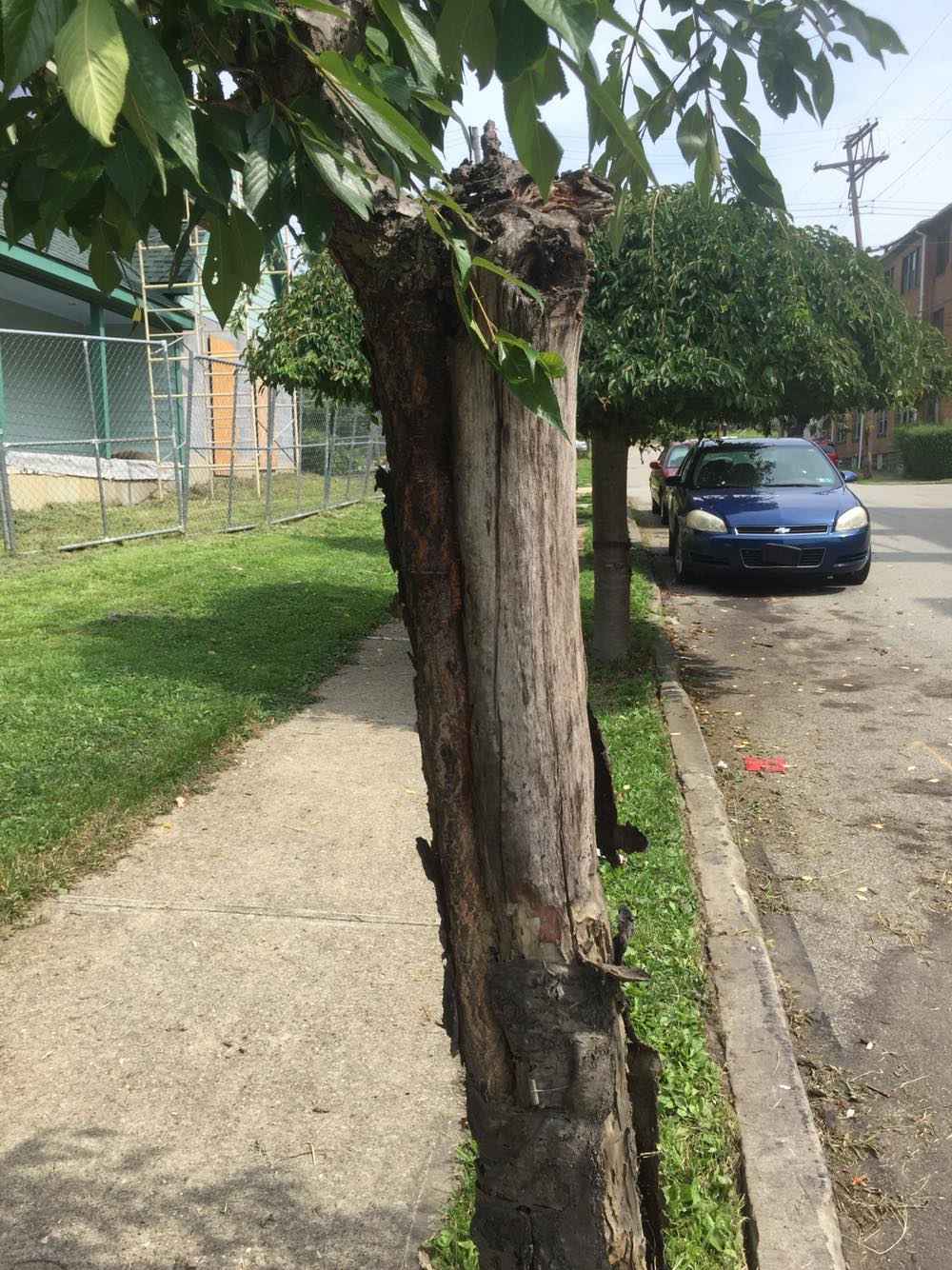
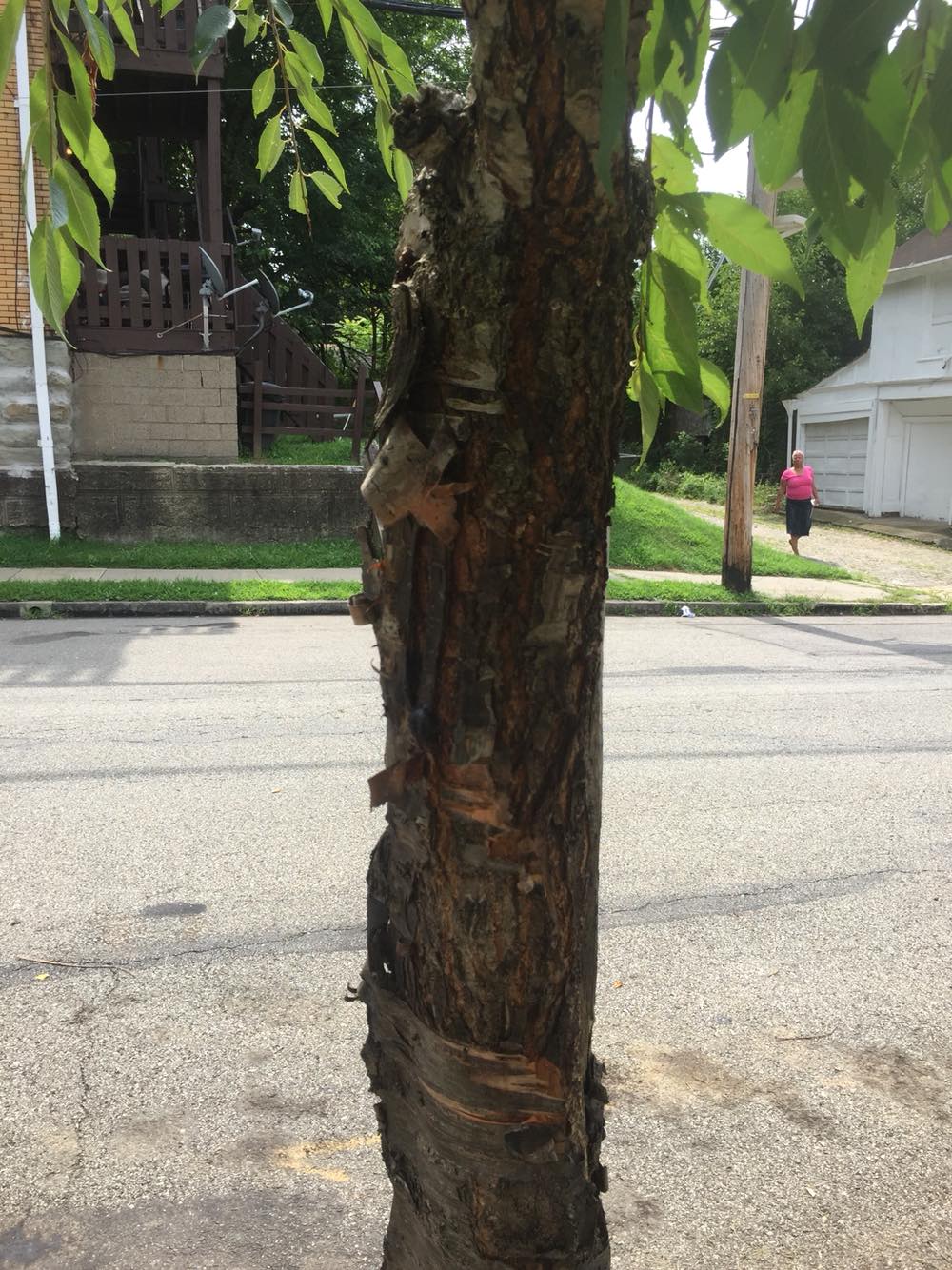
Leave a Reply